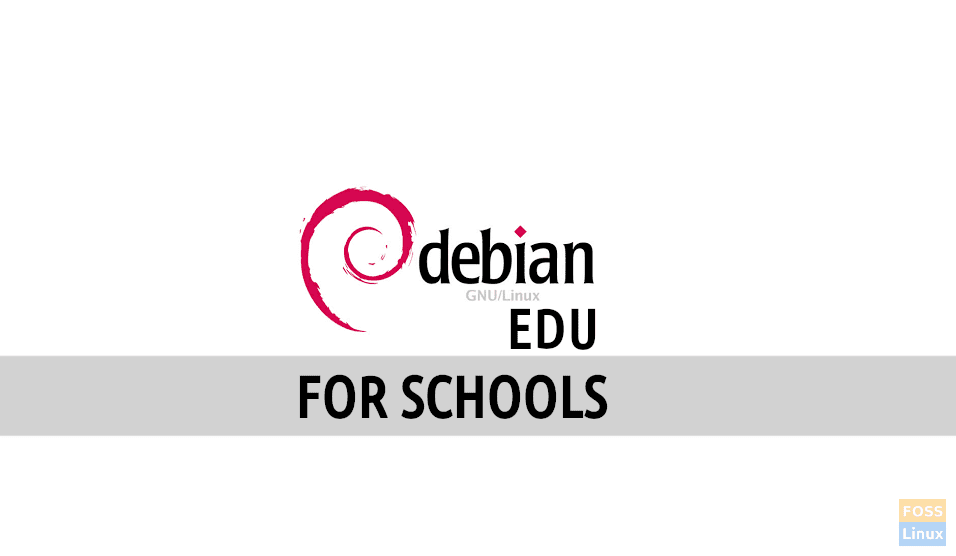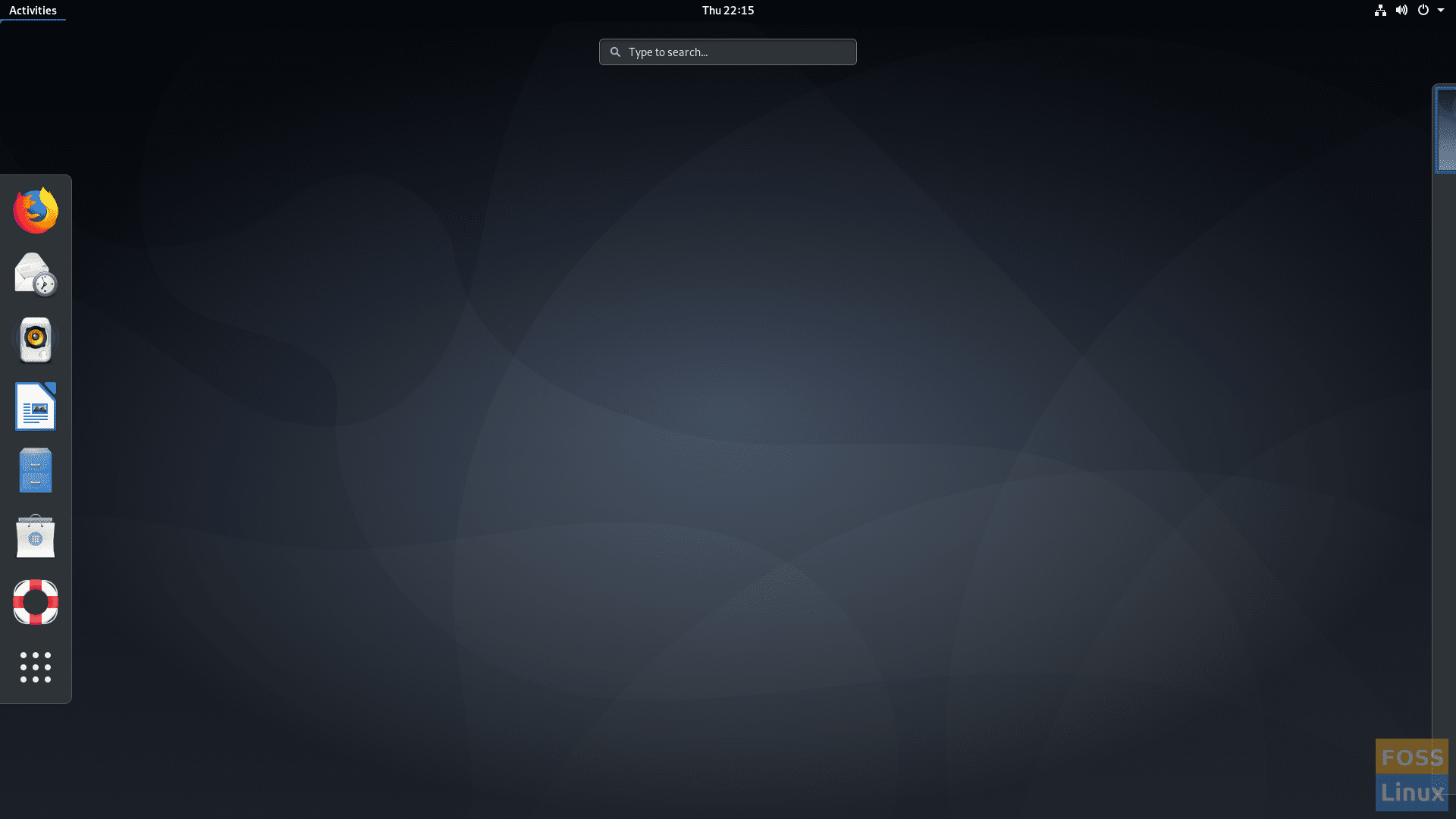After a few days of the release of the new Debian, the makers announce Debian Edu 10 that comes with updated software and new features.
Skolelinux, which is another name for the Debian Edu operating system, is a variant of the Debian OS that is aimed at educational institutes. According to the official release notes, this OS can be used to set up a network of servers, workstations, and laptops, provide the Debian stability and configure network services itself, and manage systems and hundreds of user accounts. Thus, it can be beneficial for a significant percentage of schools, even those that have older computers.
The new Debian Edu is based on the newly-released Debian 10 (codenamed Buster). Accordingly, Skolelinux 10 is sure to come with a variety of new software packages. Speaking of new, let’s discuss further what Skolelinux 10 comes with that would benefit schools.
New Features
The new Debian Edu offers software updates, installation changes, a bunch of bug-fixes, and some other changes as well.
Updated Software
Since Skolelinux 10 is based on the new Debian, it will have all the latest software that comes with Debian 10, some of which include GNOME 3.30, KDE Plasma Workspace 5.14, Firefox 60.7 and Chromium 73.0, Educational toolbox GCompris 0.95, Music creator Rosegarden 18.12, and Linux kernel 4.19. Users will also have the flexibility to choose from thousands of software available for install in the Debian base.
Alongside the software changes, you’ll also find other enhancements that accompany Debian 10, which you can get to know more about from here.
Installation Enhancements
In terms of the visual changes, Skolelinux 10 will come with a new look based on Buster’s future prototype theme and Xfce as the default desktop environment, which was previously KDE.
The Debian team has also introduced official Debian images for Debian Edu 10, which you can get from this link. Other than that, users will find a brand-new installer powered by Debian 10 itself.
Another noteworthy feature is that the new Debian Edu will accompany updated CFEngine configuration management with the introduction of cfengine3 in place of the unmaintained cfengine2.
Other Changes
- Enhanced desktop localization
- Better password management with the GOsa² plugin
- Improved TLS/SSL support in the internal network
- A variety of bug-fixes, which have been discussed in detail here.
Conclusion
Considering all the features mentioned above, educational institutes could make things easier for their technical staff by making a move to Skolelinux 10. If they wish to do so, they can choose from two different image files that cater to [32-bit] and [64-bit] architectures.


